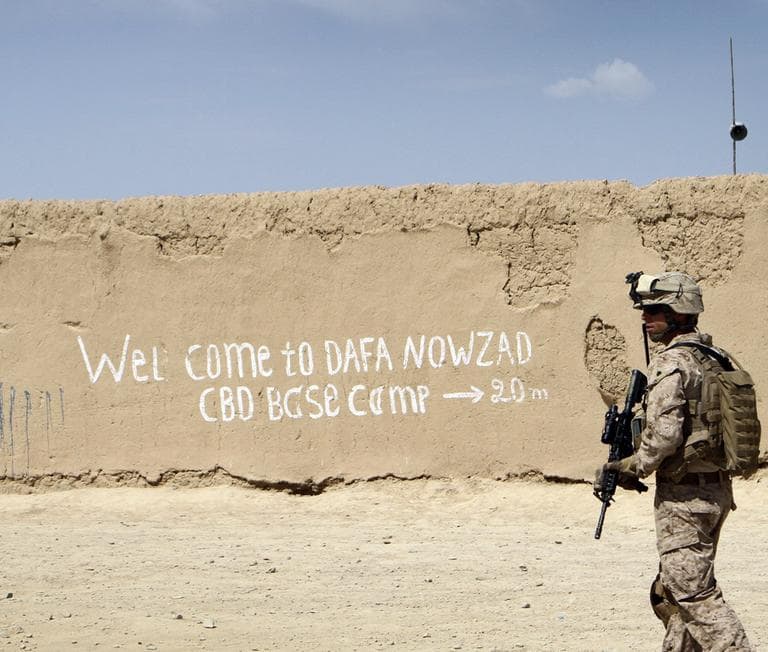Advertisement
What The Afghan Troop Withdrawal Means
ResumeThe president’s drawdown timetable for the war in Afghanistan and the road ahead for a decade-long war.

New math from President Obama on the war in Afghanistan.
Ten thousand U.S. troops, out this year. Twenty thousand more out next year.
And still, there would leave sixty thousand U.S. troops on the Afghan front. 2014, said the President last night — now the target for security handover to Afghans. Whatever that means.
Reports say U.S. officials are negotiating to keep tens of thousands of troops on after that.
Complex reactions to the President’s speech. “If we’re going to leave, we should leave,” says one Republican congressman.
This hour On Point: we’re dissecting the Afghan drawdown.
- Tom Ashbrook
Guests:
Michael O’Hanlon, scholar with the Brookings Institution, specializing in national security and defense policy and is senior author of the Afghanistan, Iraq and Pakistan Index projects.
Bing West, former assistant secretary of defense for international security affairs during the Reagan Administration.
Jerry Seib, Washington bureau chief of the Wall Street Journal.
Tom Donnelly, director of the American Enterprise Institute's Center for Defense Studies.
Frank Ortis, mayor of Pembroke Pines, Fla. who signed a bipartisan resolution at U.S. Conference of Mayors in Baltimore last week to end the wars in Iraq and Afghanistan and redirect spending to domestic concerns
This program aired on June 23, 2011.